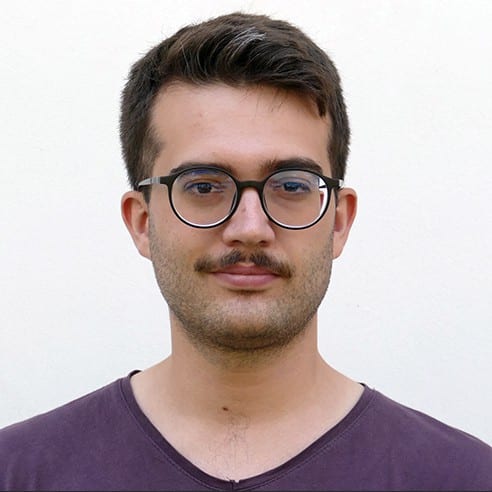Event
Multidimensional Models of Social Interaction Explain Intersectional Inequalities of Social Capital
- 05 April 2024
- Expired!
- 3:00 pm - 4:00 pm
Location
Event
Multidimensional Models of Social Interaction Explain Intersectional Inequalities of Social Capital
Social categories, such as race, gender, or socioeconomic status, are core driving forces of social tie formation. They shape our identities, determining our social behavior and our connection preferences. Homophily, the preference for connecting with members of the same social group, is one of the most common and widely studied interaction patterns; however, the dynamics driving multidimensional connection preferences (homophilic and otherwise) remain largely unexplored. Furthermore, while homophily in social networks leads to smoother coordination, better communication, and enhanced trust between individuals, it also reduces diversity in knowledge, exacerbates segregation, and breeds inequality. As complex social beings, we belong to multiple groups at the same time, so individuals can experience marginalization in several dimensions simultaneously (ethnicity, gender, socioeconomic status, etc.). These disadvantages accumulate in a nonlinear way, causing intersectional inequalities that further harm people at the intersection of several minority groups.
In this work, we develop a network model of homo / heterophilic interactions with multidimensional attribute vectors. We use the model to tackle two crucial questions: how do we integrate information from our multidimensional identities to form connections with each other, and how do multidimensional connection preferences impact intersectional inequalities of social capital?
To answer the first question, we systematically model group-preference aggregation mechanisms drawing from research on crossed categorization of social groups. Using Bayesian model selection techniques, we test which aggregation mechanisms best describe empirical data from high school friendship networks (AddHealth), finding that a specific simple aggregation mechanism consistently outperforms the alternatives. By controlling for relative group sizes in the population distribution and for attribute correlation (or consolidation, as conceptualized by Blau), our model also enables us to robustly measure multidimensional group connection preferences (for example, the preference of Hispanic girls to befriend Asian boys).
We also use the calibrated model to operationalize and study intersectional inequalities of social capital. To this end, we derive analytical closed-form expressions for the inter-group degree inequalities predicted by the model. Then, we verify the predictions by comparing them with the empirical degree inequalities found in the data. Finally, we explore a wide collection of hypothetical scenarios with different population distributions and connection preferences. We interpret the results of this analysis in comparison to the inequality patterns found in simple social systems with two interacting groups, a minority and a majority, where the minority is consistently disadvantaged in homophilic regimes and advantaged in heterophilic ones. Counterintuitively, we find that in multidimensional systems some minorities can in some cases be advantaged in both regimes, while majorities can be relegated to disadvantageous positions in the network. To conclude, we demonstrate that, in general, the degree inequalities of multidimensional groups that emerge from the model are true intersectional inequalities in the sense that they can not be decomposed as a simple combination (addition) of one-dimensional inequalities.

